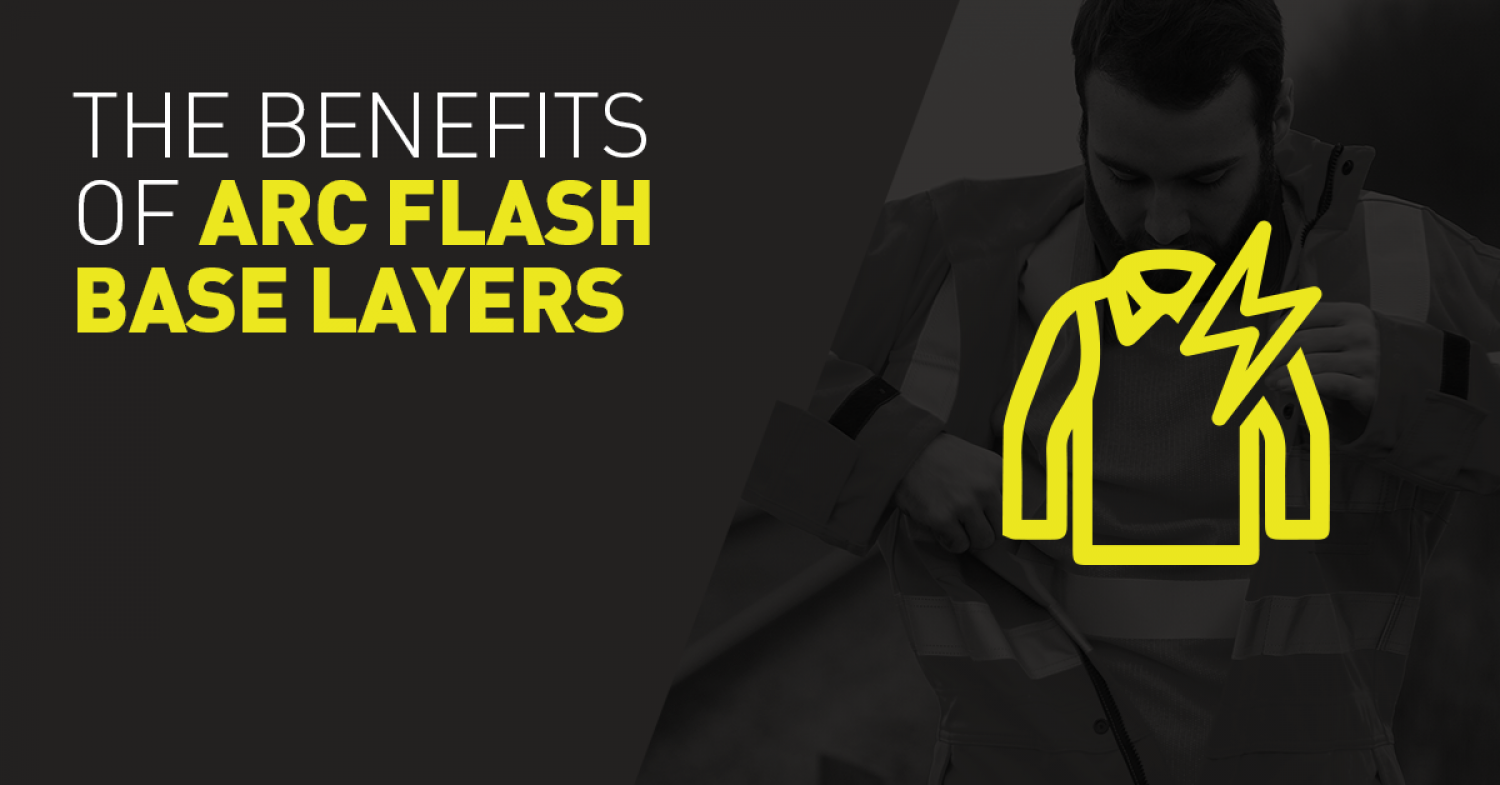
ProGARM The benefits of Arc Flash Base Layers
Calculating the benefits of using Arc Flash Base layers
In a typical day, it’s not unusual for employees to move from work area to work area and need different levels of flame resistant PPE.
Rather than choosing just one highly-rated piece of arc flash protective clothing to wear all day, your team may have adopted a layering system allowing them to scale up or downgrade their protection levels to suit the task in hand.
The benefits of using Arc Flash base layers are many, as (provided each layer has a Cal rating), the risk of ignition during an incident is eliminated and can help the employee feel warm and comfortable at work.
However, there’s a lot of confusion about the true level of protection gained from layering garments.
Why 7 + 14 doesn’t always equal 21 when it comes to Arc Flash Base layers
While using Arc Flash base layers may have some benefits, simply totalling the cal ratings to determine their overall level of protection is too simplistic and could result in extremely dangerous working conditions.
For instance, wearing an 8 cal outer coverall over a 4 cal polo shirt, wouldn’t necessarily give you a 12 cal system. In fact, it may only be a tiny fraction better than only wearing the 8 cal outerwear.
On the other hand, in some instances, layering a 7 cal polo shirt with a 14 cal sweatshirt has been shown to achieve a 31 cal overall result – a much greater level of protection than the 21 cal result you might expect by simply adding the individual ratings together.
There are many variables that can affect this, such as the amount of air trapped between the two layers and the tightness of the garments on the wearer.
Unfortunately, there are no easy short cuts to working out whether combining garments will result in negligible or substantial improvements to the overall protection level; this can only be determined by rigorously testing the specific garment combinations as a system.
How Arc Flash Base Layers Contribute
Although non-melting clothing (such as cotton, wool, silk and leather) may sometimes be allowed as a layer under an outer arc-rated protected garment, this type of clothing offers no protection against ignition and could cause serious burns in a fire or arc flash incident.
Our Arc Flash base layers, including leggings and long-sleeve tops as well as underwear, are designed to contribute to arc flash protection and can be comfortably worn under all our other flame resistant clothing.
You can find more information about the risks of layering with non-rated Arc Flash base layers in our mythbusting blog here. In this article, we’re talking specifically about the facts and confusion over layering arc-rated garments only.
Remove the guess-work
Our arc flash experts will advise about the safe layering options for the tasks your team carries out and your industry, so give one of us a call on 01482 679600.
This is one post in a series ‘All about Arc Flash’. Continue reading the next in the series or return to the start if you like.